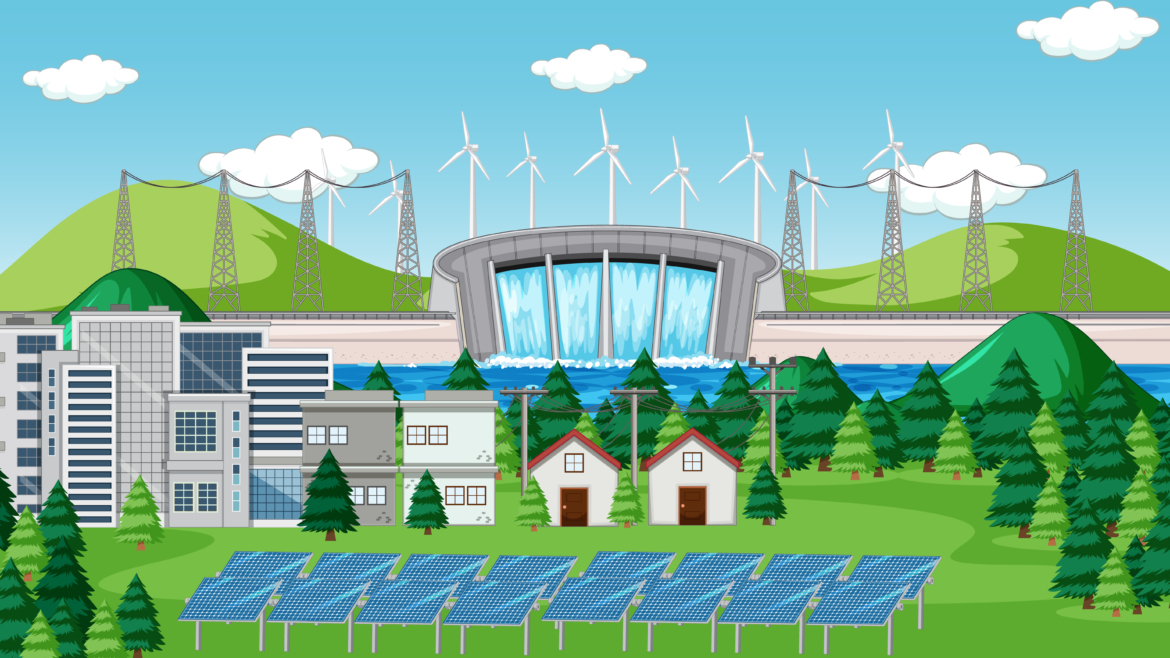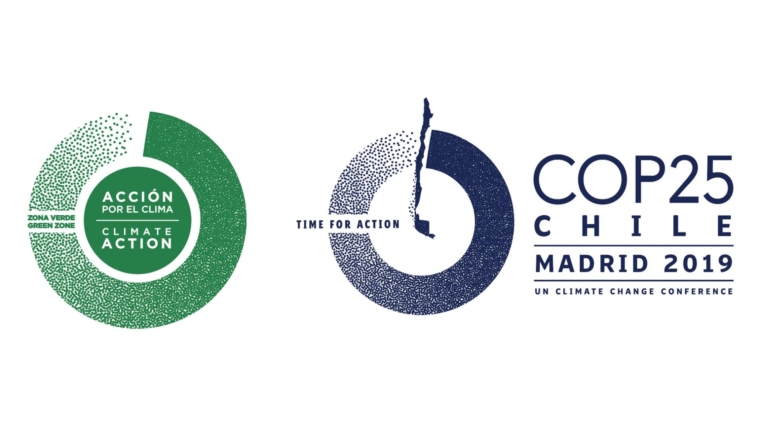Europe still matters, or at least that was the message sent to the world last year by millions of European citizens shocked by the relentless rise of the far-right ghost in at their own backyards. And even more importantly, the high turnout in the 2019 EU elections (50,6%) was driven by the unexpected participation of young citizens under the age of 25, whose numbers increase in 14 points re 2014. In other words: EU citizen’s sense of civic responsibility was ratified in 2019 — and now it is time for our decision-makers to be in line with people’s demands and legislate accordingly.
The increasing awareness about the climate emergency amongst EU citizens plus fluctuations in energy prices and continuous geopolitical turmoil, pushed the former European Commission to come up in 2015 with a compelling strategy to channel a resilient energy union with a forward-looking climate change policy across its Member States. Without going into details about the ambition (or lack of it) in the new Clean Energy Package that came out of it, the truth is that, nowadays the legislation is more conducive to unleash a clean and affordable energy transition for Europe.
The new European Commission president, the European People’s Party Ursula von der Leyen, has stated that one of the new Commission top priorities for 2019-2024 will be the promotion of a European Green Deal, meaning that energy and climate, amongst other environmental issues, will be addressed during her term. How and to what extent are some of the crucial questions, and, actually, some critical voices in Brussels are already claiming whether this deal is a broken promise even before starting.
Now that every piece of the European machinery has had a few months to settle down and get familiar with the current trends, it is time to trigger some legislative processes. Here are some of the hottest issues in terms of energy for the current year:
- Despite Member States had to submit their national Long Term Strategies to the European Commission by the start of the year, up until now, only 11 Member States have shared their plans to contribute to a highly energy efficient and highly renewables-based energy system within the Union. Spain has not done that yet for obvious reasons (incapability to form government during 2019), but the sunny side is that more renewable energy is being installed day after day, and as it happens in mostly the rest of Europe, less damaging fossil fuels are being burned.
- In March it is expected that the new European Commission releases a Renewable energy financing mechanism to cover potential gaps to the trajectory for renewables towards 2030 and contributing to the enabling framework under the 2018 Renewable Energy Directive. The mechanism is expected to be established by 1st January 2021.
- Another important milestone before the summer will be the assessment by the Commission of the final National Energy and Climate Plans. Spain has submitted one of the most ambitious proposals, despite not being in line with the climate science, but it is expected that the European Commission proposes additional measures to support Member States. This analysis will also help to elaborate a comprehensive plan to reduce emissions to a least 50% and towards 55% by 2030. Also before the summer’s break, it is expected that the Commission makes a statement about what is the most cost-effective way of achieving more ambition, which can be good if this opens a door to revise the current targets for energy efficiency and renewable energy.
- In autumn, already under the German presidency auspices, an important revision of the Batteries Directive is expected to take place. This process will see to improve sustainability and include circular economy aspects. Also a strategy on offshore renewable energy will be published, and may offshore wind and ocean renewable energies. The strategy will address all the opportunities and challenges linked to the large-scale development, such as impact on energy grids and markets, management of maritime space and industrial policy dimensions.
- Before the end of the year, most likely by the time of the COP26 in Glasgow, Scotland, we would like to see an increase in the 2030 targets which are currently not binding at state-level (energy efficiency and renewable). A different approach needs to be put in place, otherwise we will be missing some targets as it happened for the 2020 ones and sending a very bad message to the rest of the world. Maybe by releasing an ambitious and binding Climate Change Law for the EU we can start to be in line with the Paris Agreement. Finally, the Heat Plans from each Member State will be submitted, meaning that each of them would have carried out an assessment of their potential of energy from renewable sources and of the use of waste heat and cold in the heating and cooling sector. It will be interesting to follow the sort of existing potential for new small-scale household projects.



